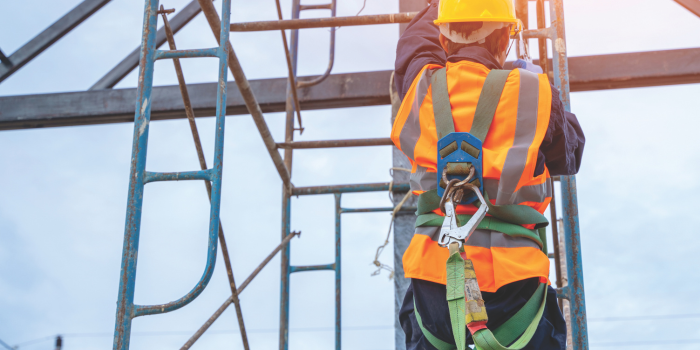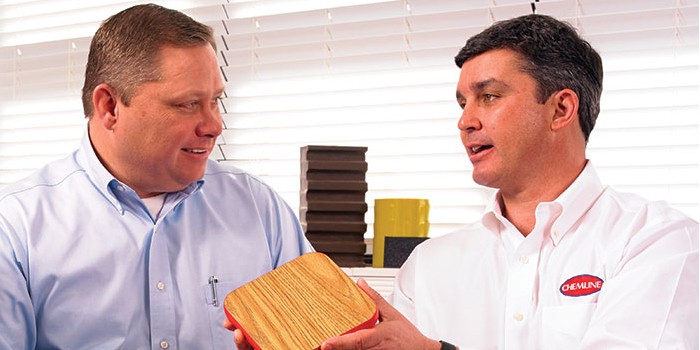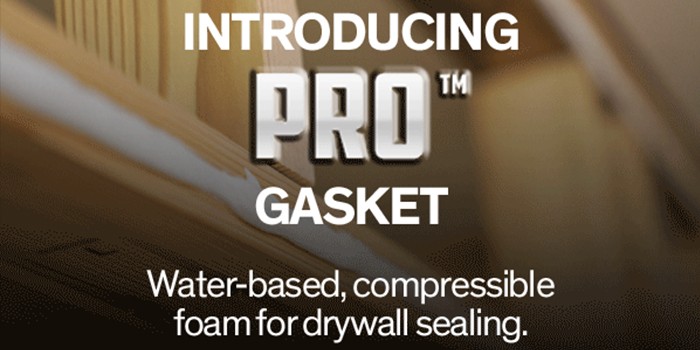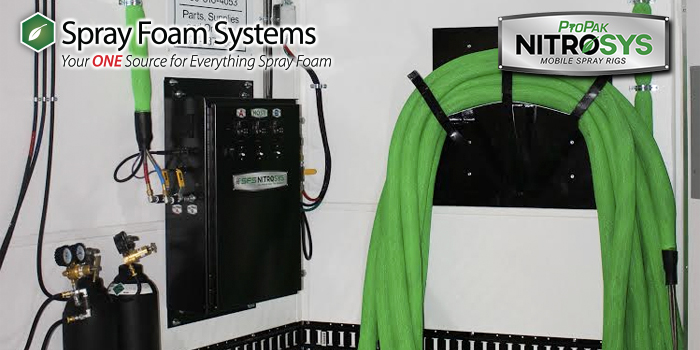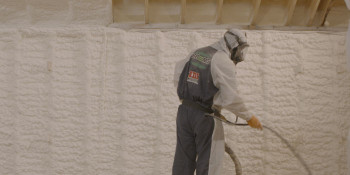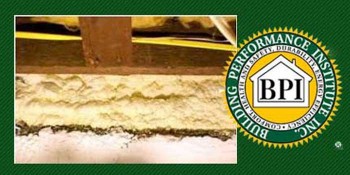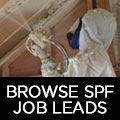Breaking the Fall
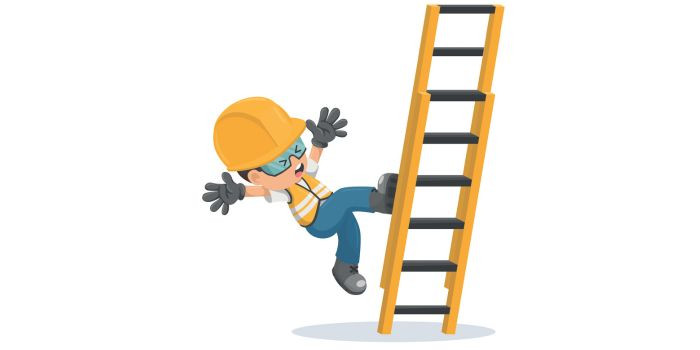

SPRAY FOAM MAGAZINE – As reported in November on Sprayfoammagazine.com, Fall Protection – General Requirements is the top OSHA standard receiving citations for 2024, making it the 14th consecutive year being at the top of the list receiving 6,307 violations. Following closely behind in the third spot with 2,573 citations is the Ladders standard. As many spray foam contractors are roofers and all are likely to use ladders, this should be concerning as you are probably in these situations daily.
The majority of this article will focus on the highlights from OSHA’s Protecting Roofing Workers manual, but I highly recommend reviewing this in full to make sure you have the best guidance on safety for fall protection of your contractors.
As aligned with the high number of citations related to fall protection, it is not surprising that falls are the leading cause of death in the construction industry, with an astounding one third of those being attributed to falls from roofs. To begin the process of getting this under control, OSHA recommends three steps: “Plan, Provide and Train.”
First, employers need to PLAN by developing a plan that ensures workers have access to the right equipment and materials and have the proper training. Part of this is identifying the slope of the roof and making sure you follow the appropriate standard. Low-slope roofs at 4:12 or lower, like most spray foam roofing jobs, follow 29 CFR 1926.501(b)(10). Steep-slope roofs at 4:12 or higher must follow 29 CFR 1926.501(b)(11). Links to these and all standards referenced in this article can be found in the links above from the OSHA website.
Next, employers must PROVIDE the right equipment, such as the appropriate fall protection devices and equipment for each job. This includes the proper ladders, scaffolds, safety gear, etc. Then, employers must TRAIN their employees on how to use the equipment safely and correctly. Remember, for roofing contractor work, workers must be protected when they are six feet or more above the lower level. Follow 29 CFR 1926, Subpart M, for guidance on how to protect your workers per OSHA guidelines. Training also includes implementing safe work practices, supervising workers to ensure fall protection equipment is used and maintained correctly, and leading by example. All workers, including supervisors and project managers, must follow the rules they are enforcing.
To get started, all employers must have a safety program. All contractors, whether you are a roofer or a plumber, must comply with standards in 29 CFR 1926, Subpart C, General Safety and Health Provisions. This is step one in creating a safety program and complying with OSHA. This standard generally states that it is the employer’s responsibility to ensure workers have all the tools, training, and supervision to make sure they are not working in a dangerous environment or situation. This program provides guidelines to follow so you will remember to check the job site, materials, and equipment on a regular and frequent basis. Also, all training and instructions must be provided in a language the workers can understand.

For any questions related to this article, contact the Foamgineer at info@nichedigitalmedia.com
There is too much to cover about roof safety in this article, but I wanted to highlight just a few points. For more details, please read through OSHA’s Protecting Roof Workers manual, which goes further into the topics above and the following:
- Fall protection rules below apply when roofs have unprotected edges and sides six feet or more above a lower level.
- Low-sloped roofs: workers must be protected from falling by a guardrail, safety net, personal fall arrest system (PFAS), or a combination of warning line systems and guardrails, warning line systems and a safety net, warning line systems and PFAS, or warning line systems and a safety monitoring system. On roofs 50 feet or less in width, a safety monitoring system alone is permitted for low-sloped roofs.
- Steep-sloped roofs: workers shall be protected by guardrail systems with toeboards, safety net systems or PFASs.
Ladders
- Make sure they are inspected and, when erected, have secure footing on a stable surface.
- Maintain three points of contact. Use a bucket with a rope to pull tools up to your working area. Do not carry them up while climbing a ladder.
- Set ladders at an angle so that the horizontal distance from the top support to the foot of the ladder is one fourth the working length of the ladder, which is from the foot of the ladder to the top support.
- Rails of ladder must extend three feet above the upper landing surface.
Training
Each employer must designate a qualified person to train workers on safety in a language each worker can understand.
OSHA has many great resources for fall protection education in general at www.osha.gov/stop-falls. On this site, you can find the relatively short, but comprehensive manual specific to roofers called Protecting Roofing Workers.
For use by SprayFoamMagazine.com & Spray Foam Magazine
Disqus website name not provided.



